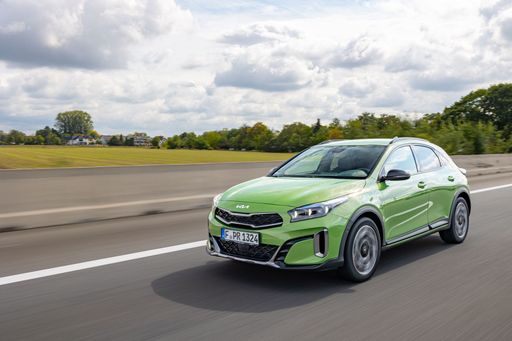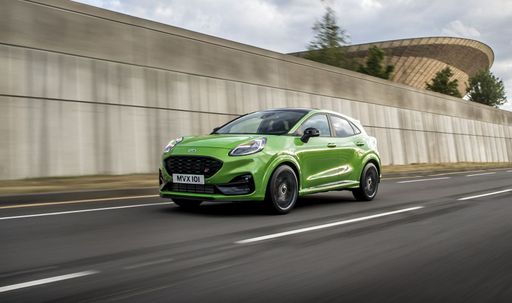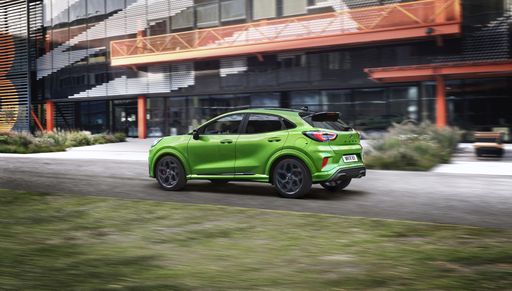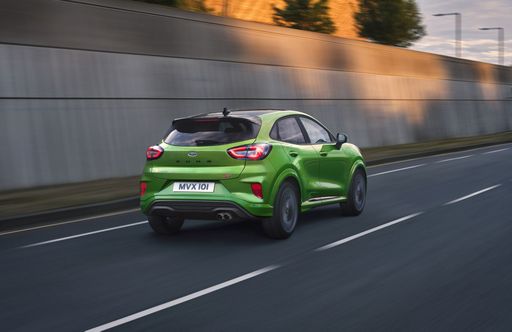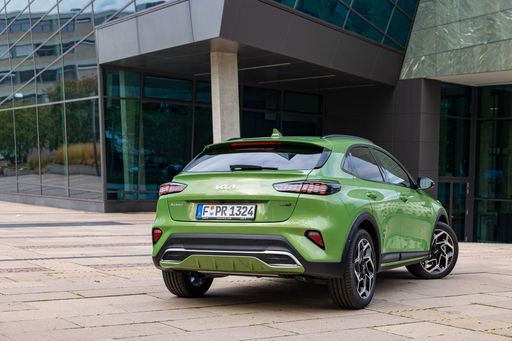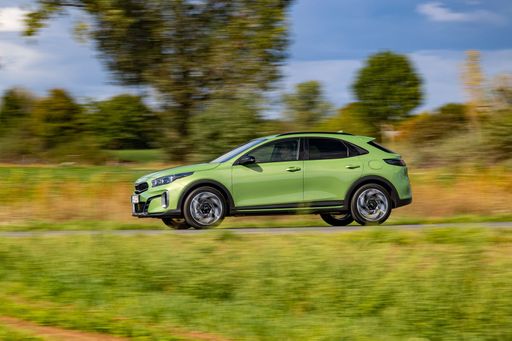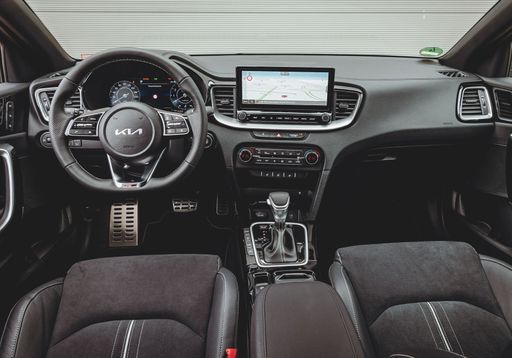The Battle of the Subcompact SUVs: Ford Puma vs. Kia XCeed
In the automotive world, subcompact SUVs have carved a niche for themselves, offering the rugged appeal of SUVs while maintaining the nimbleness of smaller cars. Two prominent contenders in this category are the Ford Puma and the Kia XCeed. Both vehicles promise a blend of style, efficiency, and performance, making them strong contenders for anyone looking to buy a car in this segment. Let's take a closer look at how these two models stack up against each other.

